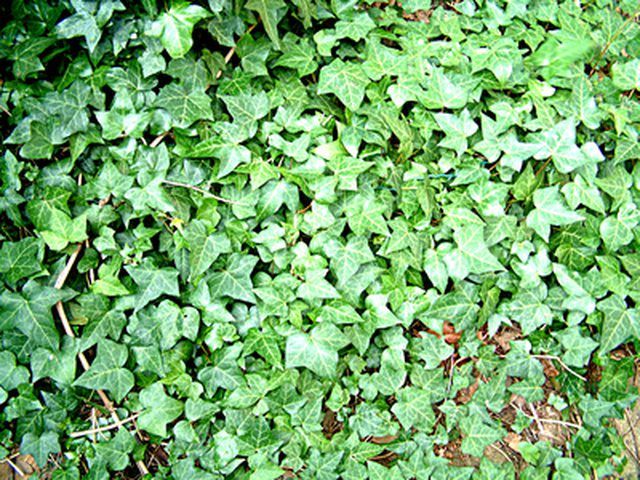Bulbs
Flower Basics
Flower Beds & Specialty Gardens
Flower Garden
Garden Furniture
Garden Gnomes
Garden Seeds
Garden Sheds
Garden Statues
Garden Tools & Supplies
Gardening Basics
Green & Organic
Groundcovers & Vines
Growing Annuals
Growing Basil
Growing Beans
Growing Berries
Growing Blueberries
Growing Cactus
Growing Corn
Growing Cotton
Growing Edibles
Growing Flowers
Growing Garlic
Growing Grapes
Growing Grass
Growing Herbs
Growing Jasmine
Growing Mint
Growing Mushrooms
Orchids
Growing Peanuts
Growing Perennials
Growing Plants
Growing Rosemary
Growing Roses
Growing Strawberries
Growing Sunflowers
Growing Thyme
Growing Tomatoes
Growing Tulips
Growing Vegetables
Herb Basics
Herb Garden
Indoor Growing
Landscaping Basics
Landscaping Patios
Landscaping Plants
Landscaping Shrubs
Landscaping Trees
Landscaping Walks & Pathways
Lawn Basics
Lawn Maintenance
Lawn Mowers
Lawn Ornaments
Lawn Planting
Lawn Tools
Outdoor Growing
Overall Landscape Planning
Pests, Weeds & Problems
Plant Basics
Rock Garden
Rose Garden
Shrubs
Soil
Specialty Gardens
Trees
Vegetable Garden
Yard Maintenance
How to Care for English Ivy in the Winter
How to Care for English Ivy in the Winter. English ivy (Hedera helix) is a perennial vine most commonly used as a ground cover in rock gardens or for covering walls, fences and trellises as a quick climbing vine. A fairly cold hardy plant that grows well into zone 5, English ivy will need only a little extra care to survive through the winter...

English ivy (Hedera helix) is a perennial vine most commonly used as a ground cover in rock gardens or for covering walls, fences and trellises as a quick climbing vine. A fairly cold hardy plant that grows well into zone 5, English ivy will need only a little extra care to survive through the winter months.
Things You'll Need
Mulch
Burlap
Anti-transpirant spray
Water well in late fall before the first frost or before the ground freezes. Use a drip irrigation to avoid getting the foliage wet. Thoroughly soak the soil in mid- to late fall, providing extra water for the ivy to use during the winter months when the ground is frozen making it hard for the roots to absorb enough moisture.
Apply a 2 to 3-inch layer of mulch in late fall before the first frost or once temperatures drop toe 40 degrees Fahrenheit or lower during the night. Use chopped leaves or wood chips to provide the best insulation for the roots during the cold months.
Reduce the risk of over-exposure to full sun or windy conditions by placing burlap over the plants. Being exposed to these conditions can cause the foliage to become burned and make the plant more susceptible to not surviving the winter.
Spray the ivy with an anti-transpirant spray in late fall to protect the foliage from drying winds and the frozen ground. These conditions can deprive the plant of it's natural moisture intake and when using this spray, moisture loss is reduced by up to 80 percent. Spray when temperatures are no lower than 40 degrees Fahrenheit and before the ground freezes. Use a 1:5 ratio, 1 part spray to 5 parts of water.
Tips & Warnings
Anti-transpirant spray can be purchased at your local gardening center.
Do not water during winter months.